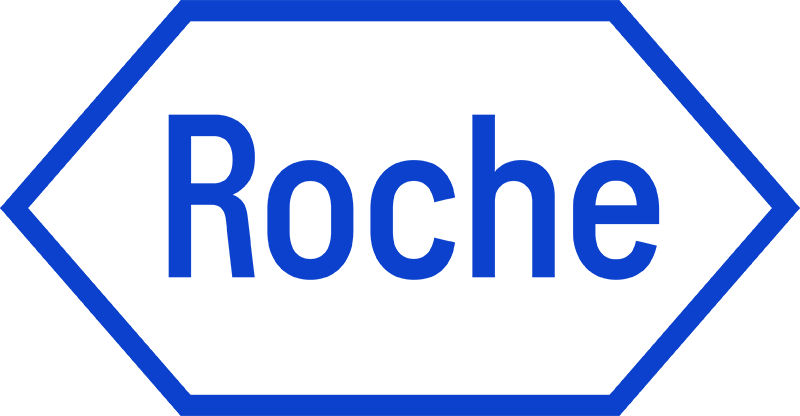Roche Diagnostics Nederland
Roche Diagnostics ontwikkelt innovatieve producten & services ten behoeve van preventie, diagnose, monitoring, screening en behandeling van ziekten.

Roche Diagnostics Nederland
Pathologie Lab
Wat is de huidige stand van zaken als het gaat om de digitalisering binnen de pathologie laboratoria?
Download hier de whitepaper: Digitalisering van het Pathologie lab.


Lab&Co Magazine
Het online magazine met interviews met vernieuwers in en om het lab.
Het online magazine met interviews met vernieuwers in en om het lab.
